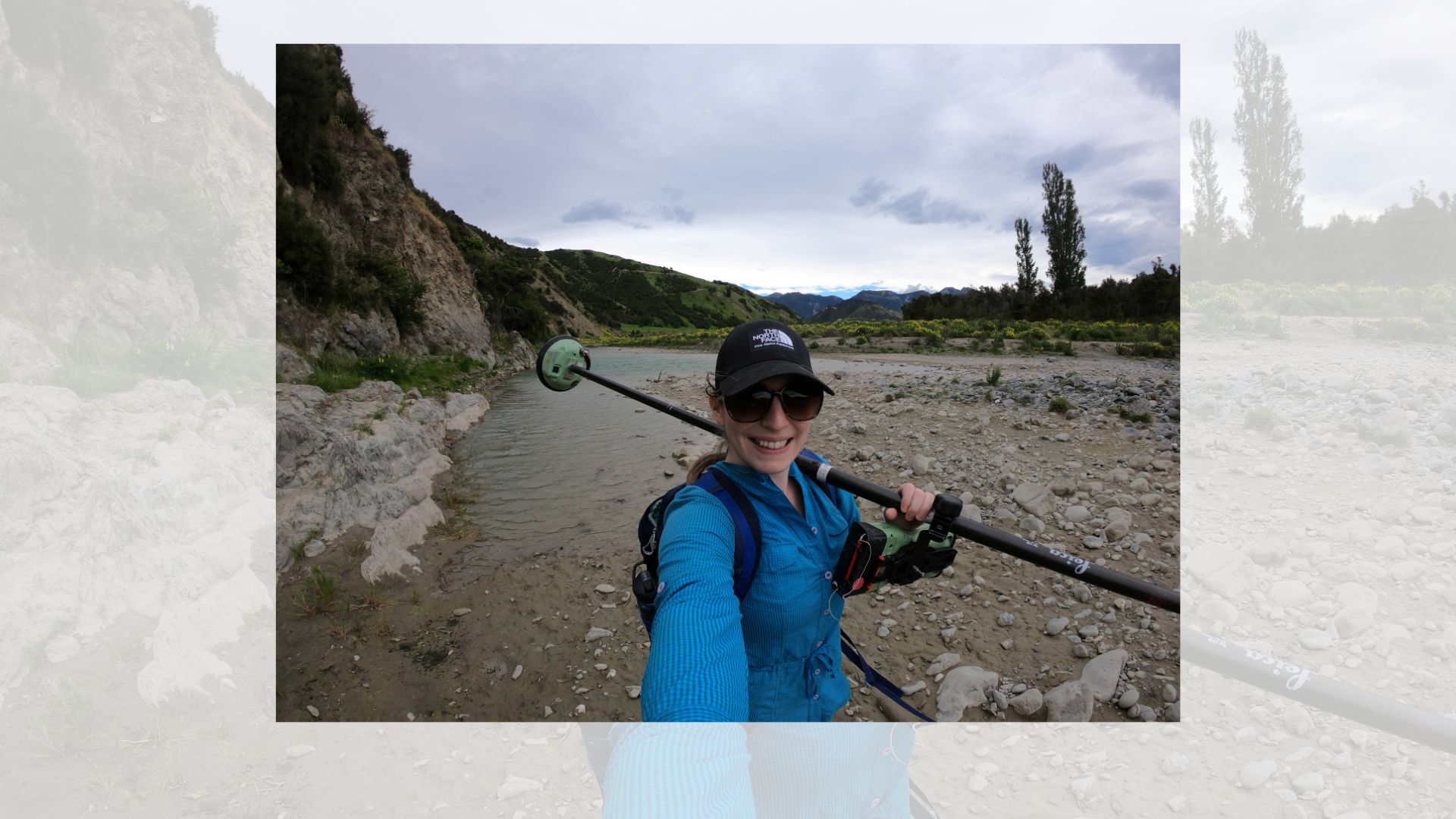Photo caption: EnviroSoc trapping programme members Tilly King, left, and Emma Godfrey hold tracking cards showing footprints of predator animals.
About 50 students, from Te Whare Wānanga o Waitaha University of Canterbury (UC) student club EnviroSoc (Environmental Science Society), are working in rostered teams to regularly bait and check trap lines.
UC Bachelor of Environmental Science with Honours student and EnviroSoc President Hannah Whittall says the students are passionate about controlling the population of predators, such as rats, mice and possums, which threaten native birds, insects and trees. She says these predators eat eggs and live chicks, while browsing possums can destroy native foliage – particularly five finger trees (Pseudopanax arboreus) – growing on campus.
Predator animals are also a major drain on populations of invertebrates, including important species such as cave wētā that are found on campus.
“There are teams of trappers out there every day and every week, whatever the weather,” Whittall says. “It’s pretty awesome. We’re all committed to supporting native species and it’s great to be able to build new connections with like-minded people. We’re also learning really valuable skills for working in the conservation field around New Zealand in the future. There are a lot of young women taking part which is cool to see.”
She says the combination of increased native planting and the trapping programme has contributed to a noticeable increase in silver eyes (tauhou) and bellbirds (korimako). “We’ve also seen more pīwakawaka (fantails) and grey warblers (riroriro) and you can definitely hear more native birdsong around the campus.”
UC Biodiversity Projects Coordinator Seamus Moran, who oversees the trapping initiative, says the number of students involved has grown rapidly over the past year, from just a handful to about 50. He says their work is helping to achieve UC’s Biodiversity Plan 2022 - 2025 which has a target of improving bird populations through predator control and increasing bird-friendly planting, among other actions.
Moran says there are strict health and safety guidelines in place and the traps have been approved as humane by the National Animal Welfare Advisory Committee. The project is monitored in a Trap.NZ database with GPS data recorded for each trap.
The initiative is part of the wider community initiative Predator Free Riccarton, which has traps around Riccarton Bush and along the Avon-Ōtakaro tributaries as well as at several schools and many private backyards in the area. The initiative’s aim is to control introduced pests and improve the northwest corridor for native bird species.
 Sustainable Development Goal (SDG) 15 - Life on land.
Sustainable Development Goal (SDG) 15 - Life on land.






.jpg)


